Research within the specialisation centre is done in three main fields with collaboration between the Faculty of Natural and Agricultural Sciences and the Faculty of Engineering. These three fields are namely:
- Criteria Pollutants (Particulate matter, SOx, and NOx) and mercury emissions
- Future Energy Use and Emissions Projections
- Emissions offsets
- Particulate Matter (PM) Control: Electrostatic Precipitators (ESPs)
- Particulate Matter (PM) Control: Fabric Filter Plants (FFPs)
- Flue Gas Desulphurisation (FGD)
- CO2 Capture and Storage
- FGD Gypsum Valorisation
- Fly ash utilisation for geopolymer manufacture
Additionally, the specialisation centre is also involved in research on water management, which includes aspects such as cooling water treatment, water chemistry, process monitoring, process water production, wastewater treatment, and recycle and reuse.
Emissions Quantification and Impact Assessment of Criteria Pollutants
Eskom is obliged under the National Air Quality Act and its licensing conditions to continuously monitor the emissions from its power station stacks. The national emissions standards stipulate the maximum allowable emissions from power station stacks. Accurate quantification of the emissions is critical to meet all legal obligations as well as being able to understand potential human health and long-term environment impacts resulting from the emissions and subsequent air pollution. In addition, emissions quantification is a useful tool in the management of boiler and combustions efficiency as well as quantifying mitigation technology efficiencies.
The projects that form part of this research area includes the following:
- Stack emission quantification at selected power stations for the purpose of emissions verification and mitigation efficiency testing.
- Evaluation of exceedance of emissions of SO2, NO and PM above the minimum emissions standards to determine the scale at which offset projects will need to be implemented to effectively improve ambient air quality.
- Model the atmospheric dispersion of the criterial pollutants emitted from the South African power sector and assess the impact of the emissions.

7 km GEOS-5 Nature Run
Global Mesoscale Simulation
Courtesy: Arlindo Da Silva
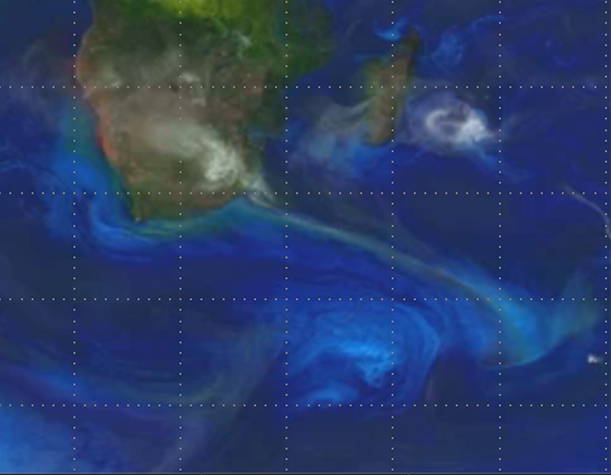
Mercury Emissions Quantification and Impact Assessment
Mercury (Hg) is a volatile metal which is ubiquitous in the environment. It has adverse effects on pristine ecosystems and human health due to its persistency, bioaccumulation in the food chain, and toxicity. Unlike other heavy metals, which tend to exist in the atmosphere in the solid phase in the form of particulates, Hg mainly exists in the gaseous phase. It is emitted into the atmosphere as gaseous elemental mercury (GEM), reactive gaseous mercury (RGM), and particle-bound mercury (PBM), with the former being the most common atmospheric form. Although the contribution of Hg from natural activities are substantial, anthropogenic activities result in the larger part of annual atmospheric emissions. Of all possible anthropogenic sources of Hg, coal combustion in power generating plants dominates the contribution to the environmental burden thereof. The GEM species are more volatile, less soluble, and more stable in the atmosphere and therefore have longer atmospheric residence times.
The overall aim of this research area is to improve the understanding of the sources and ambient concentrations of gaseous elemental mercury (GEM) over the South African Highveld. The projects that form part of this research area includes the following:
- Quantifying the Hg content of South African coal used at Eskom power stations.
- Quantifying ambient GEM concentrations over the Highveld and Waterberg areas.
- Estimating the magnitude of Hg emissions from South African power-generating plants.
- Model the atmospheric dispersion of Hg emitted from the South African power sector.
Dry deposition of Hg0 between 2011-2013
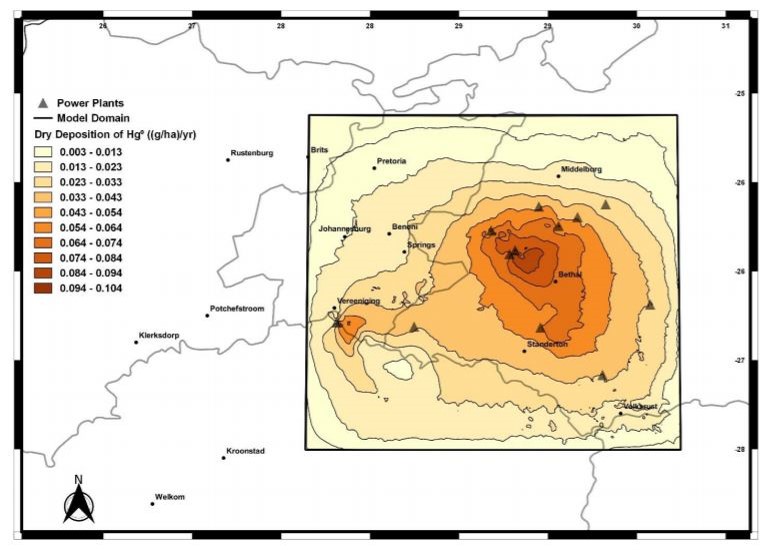
Comparison of estimations based on published vs measured Hg coal content

Future Energy Use and Emissions Projections
There is uncertainty about the exact power generation mix for South Africa in the future. Power generation planning and development needs to be based on sound scenarios for South Africa. The ultimate installed generating capacity in South Africa will have a massive influence on emissions of criteria pollutants and greenhouse gases to the atmosphere. In this research area it is envisioned to build capacity in modelling future power scenarios for South Africa in collaboration with existing expert teams using models such as PRIMES and TIMES.
In this respect, collaboration with the group from AGH University in Krakow, Poland would be invaluable. The primary energy mix for power generation is very similar in these two countries and the transition towards more sustainable systems are needed.
The projects that form part of this research area includes the following:
- Analysis of the current energy situation in both countries, i.e. energy balances of Poland and SA, with the focus on power generation.
- Identification of the biggest challenges, the similarities, and differences between power the two sectors.
- Review of the energy policies and strategies for development of both power sectors
- Techno-economic modelling of different future energy use and emissions scenarios.
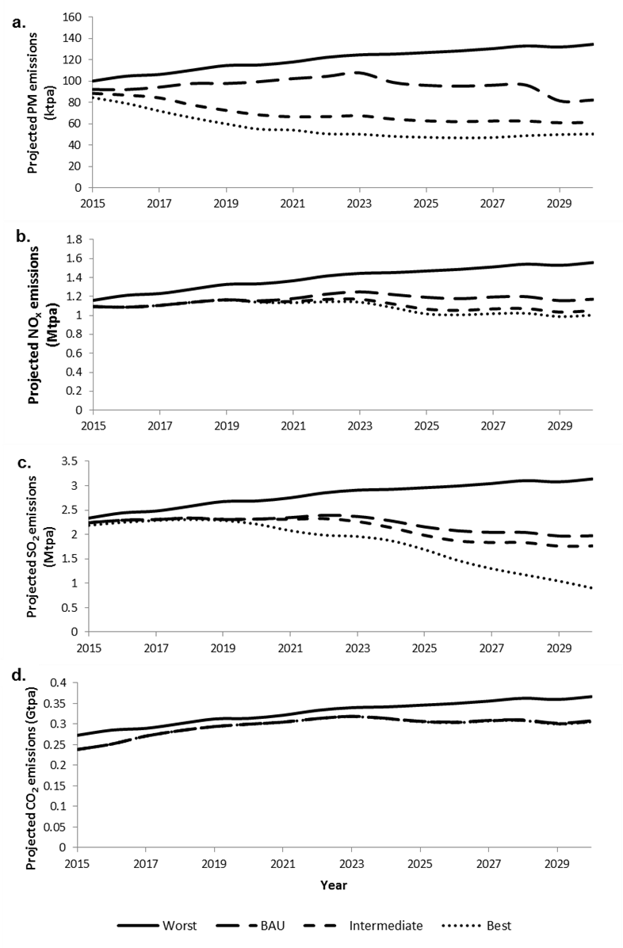
Description for figure:
Emissions Offsets
Emissions of pollutants in townships, especially of particulate matter and carbon monoxide, due to domestic burning of solid fuels has been shown to be a serious issue in South Africa. In fact, it may be argued that the impacts of pollutant emissions resulting from domestic solid fuel burning are more severe than that of pollutant emissions from Eskom’s coal-fired power plant stacks. One way to reduce the impact of Eskom’s emissions is therefore to offset these emissions by reducing the emissions footprint of dense low-income settlements.
To reduce the impact of domestic solid fuel combustion on air quality in townships, it is necessary to eliminate or replace current high emissions practices in the townships with low or zero-emission options and by improving the thermal efficiency of the informal dwellings. The goal of this research is to develop and test a specific dwelling design, building & insulation materials and space-heating / cooking / hot-water technologies to reduce energy usage, and thus solid fuel combustion emissions. Ultimately, the aim is to achieve significantly improved air quality in the affected townships and to ensure that the ambient air quality pollutant concentration standards are not exceeded, in particular for ambient particulate matter. Secondary benefits will include better standards of living for shack-dwelling residents, reduced health impacts from being exposed to particulate matter both indoors and outdoors, reduced harmful health effects from exposure to extreme temperature conditions indoors, development of an innovative and sustainable building industry in the affected townships and beyond, creation of local employment, and finally increased utilisation of coal combustion products (CCPs that includes ash, slag ,and later gypsum) from selected Eskom coal power stations.
The projects that form part of this research area includes the following:
- Novel semi-continuous stove design
- Improved, thermally efficient dwelling design
- Low-cost coal combustion products (CCPs) as construction material (fly ash based geopolymer)
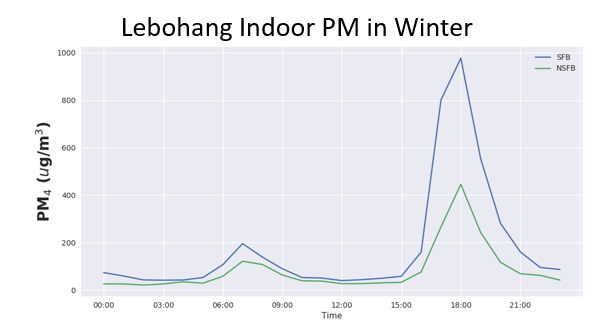
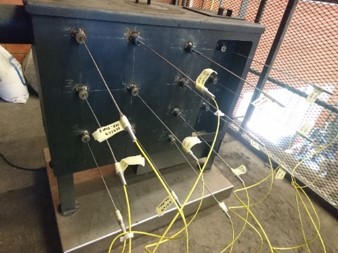
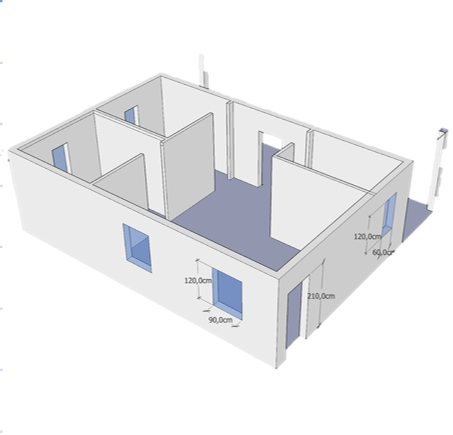

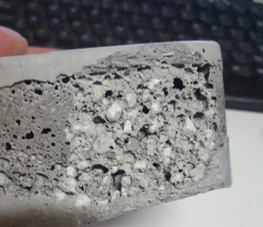
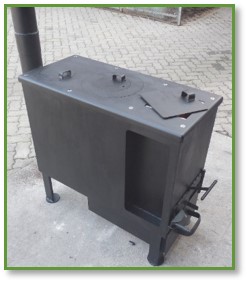
Electrostatic Precipitators (ESPs)
Electrostatic Precipitator (ESP) technology is currently still mostly used within the Eskom fleet to reduce particulate matter emissions, although there is a trend of slowly being replaced by Fabric Filter Plants (FFPs). The efficiency of the current ESP units needs to be improved to adhere to the increasingly stringent emissions standards, until retrofitting with FFPs are possible. In the best-case scenario, ESP operational efficiency would ideally be enhanced to avoid costly retrofits all together. Efficient operation of an ESP is influenced by various factors, of which the ash resistivity, gas conditioning, fluid dynamics and cleaning philosophies are the most important.
The aim of this research is therefore to support Eskom in their quest to operate existing ESPs at maximum efficiency. Operational challenges and new international trends aimed at improving ESP efficiency guide this research. The SC has acquired laboratory tools in the form of a resistivity oven and a laboratory scale ESP rig to study relevant process parameters, which can also be used in the future for training and demonstration purposes. The laboratory data will then also serve as criteria against which detailed computational models are to be benchmarked.
Efficient operation of an ESP is influenced by various factors, of which ash resistivity, flue gas composition, the characteristics of the corona discharge and the discharge current, flue gas and particle flow distribution are some of the most important. The current and planned research topics related to these factors that have been identified in collaboration with Eskom can be summarised as follows:
- Characterising and modelling the influence of SO3 conditioning on fly ash resistivity to predict the optimum SO3 concentration required at different power stations to achieve maximum ESP performance.
- Characterising and modelling the effect of brine conditioning on fly-ash resistivity to evaluate the potential of using brine injection as a more cost-effective conditioning method compared to SO3 injection.
- Development of a detailed computational model based in Ansys Fluent that accurately predicts the influence of discharge electrode geometry and configuration, fly-ash composition, and fluid dynamics on the performance of a laboratory-scale ESP.

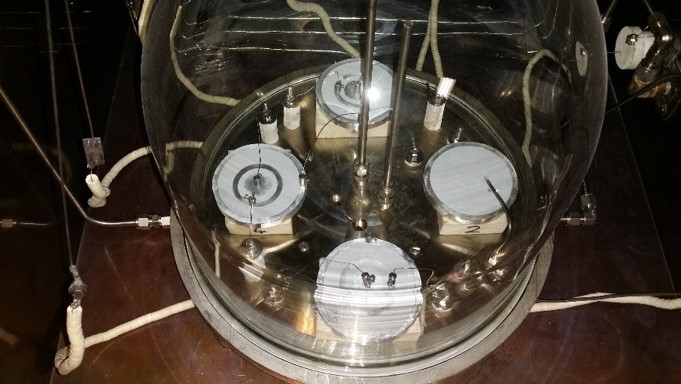
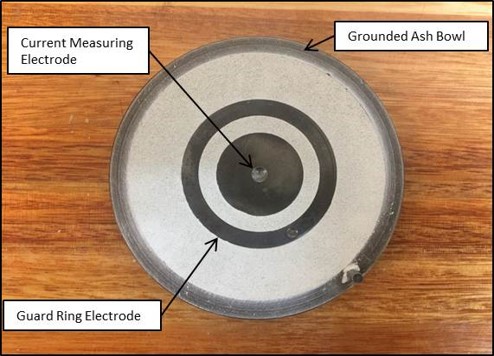
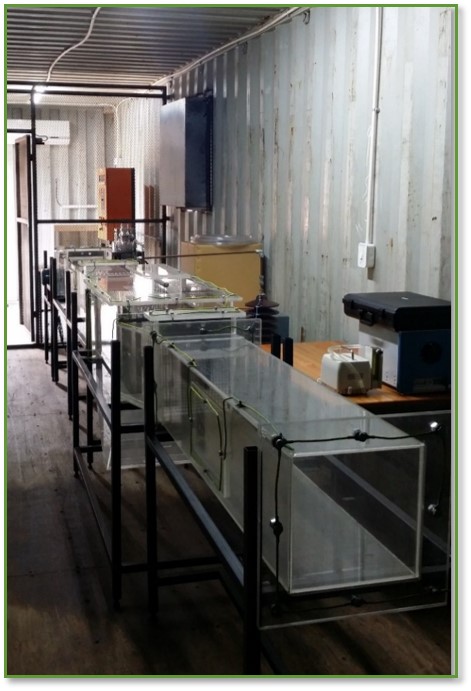
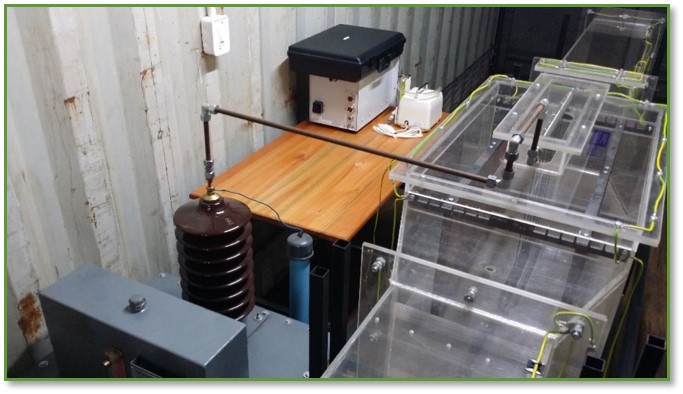
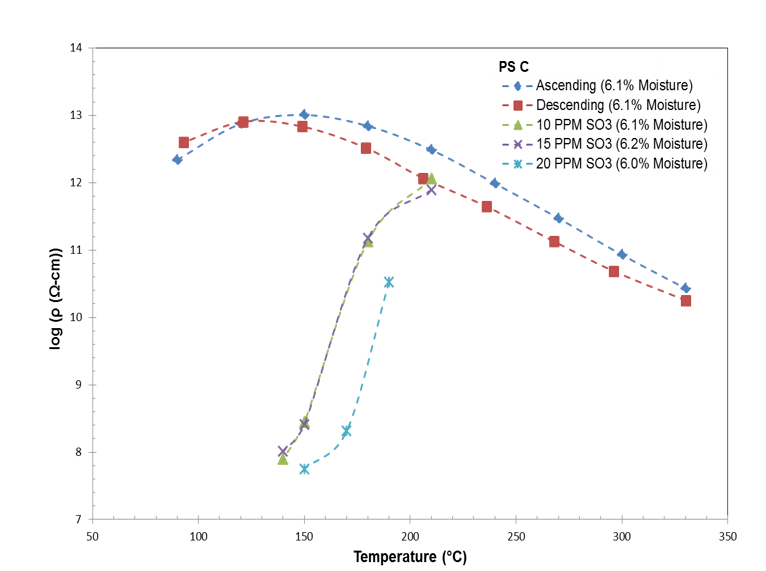
Fabric Filter Plants (FFPs)
ESPs are gradually being replaced by Fabric Filter Plants (FFPs), and it is anticipated that FFPs will be the only technology capable of reaching the collection efficiencies that will be required to meet PM emissions standards in the future. This is because FFPs generally offer superior PM removal efficiency, and once Medupi and Kusile are fully operational FFPs will account for roughly half of Eskom’s particulate control capacity.
The initial stages of the FFP research at the EC SC started in 2015 when a lab-scale FFP rig was commissioned. This rig was used to quantitatively study the relationship between bag area, dimensions, and performance (air/cloth ratio) in terms of the trade-off between pressure drop and gas flow rate. Subsequently, bag material properties and chemical compatibility was studied and a cost-benefit analysis of the incorporation of P84 in PAN and PPS bag filter materials was performed.
Optimum design and operation of FFP plants with the high ash concentration of flue gas streams are desirable from a lifecycle and cost perspective, as exemplified by the recent problems with Medupi’s FFP unit. The current and planned FFP research topics that have been identified in collaboration with Eskom can be summarised as follows:
- CFD modelling to analyse the flue gas flow distribution across the bag filters and to evaluate geometrical modifications to improve the angle of approach of the flue gas and ash particles with respect to the bag filter banks.
- CFD modelling to study the pressure drop profile over the length of individual bag filters to help guide bag selection criteria in terms of bag dimensions.
- Pulsing system evaluation and optimisation. Depending on the bag dimensions, certain pulsing air volumes and pressure profiles are required to achieve effective bag cleaning. Expertise needs to be developed to evaluate the pulsing pressure profiles and pulsing air volume afforded by various pulsing valve designs.
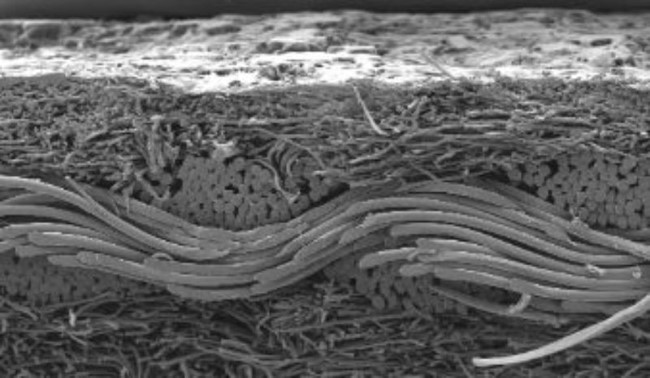

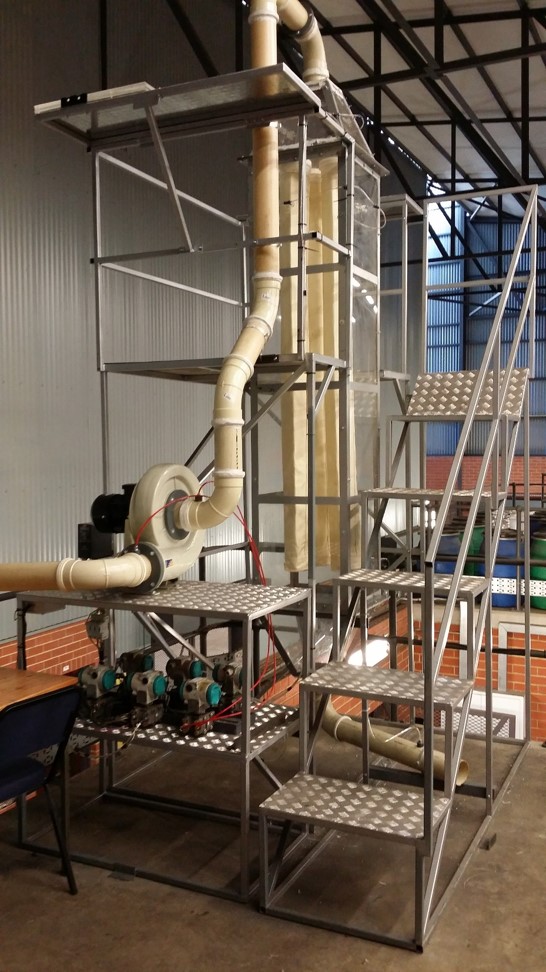
Flue Gas Desulphurisation (FGD)
According to the Minimum Source Emission Standards (Gazette, 2010) issued under the Air Quality Act (Act 39 of 2004), all point source emissions need to comply with SO2 limits of 500 mg/Nm3 (10% O2 dry) by April 2025. Eskom will therefore be required to introduce desulphurisation plants at many of its coal-fired power stations to comply with the regulations. For this purpose, wet, semi-dry and dry process can be implemented after the required adaption for SA power plant conditions. Wet Flue Gas Desulphurization plants (WFGD) is currently installed at the Kusile Power Station, and Medupi has been constructed as FGD ready. A comprehensive computational model of the Kusile WFGD absorption tower has been developed, while the reactivity of South African limestone samples have also been characterised.
Currently, the SC’s research in this area is focussed on alternatives to WFGD such as Dry and Semi-Dry FGD processes. This is because of the high water consumption of WFGD, which is a major drawback of the technology. Alternative technologies that are less water-intensive that can be successfully implemented in the South African context would be a major advantage in a water-scarce country such as South Africa. Plans to erect a semi-dry CFB demonstration plant at Eskom are currently underway, which will offer the opportunity for studying the potential of the technology for implementation at South African power plants. Key aspects that need to be evaluated include the sorbent reactivity, achievable SO2 removal efficiencies, and the influence of the CFB hydrodynamics on FGD performance.
The current and planned FGD research topics that have been identified in collaboration with Eskom can be summarised as follows:
- Identification and characterisation of suitable sorbents for SO2 capture in semi-dry and dry FGD, as well as sorbent injection methods. The main objective in this respect is the quantification of the sulphation reaction kinetics afforded by the various sorbents, which can then be used as input in computational models of the processes to describe process performance as a function of different operating parameters.
- Computational modelling of the various processes (CFB, spray-dry scrubbing, and sorbent injection) on laboratory-scale to develop experimentally validated process models that can be applied to simulate pilot-scale processes that may eventually lead to the development of accurate process models.
- Measurement and characterisation of gas-solid two-phase flow using experimental measurements and CFD modelling. For the CFD modelling of the two-phase flow, the multiphase CFD research code of IMFT, namely Neptune will be applied.
- Gypsum by-product removal and market uptake need to be evaluated to determine the marketability of FGD gypsum produced at Eskom. Key factors that need to be considered are by-product quality and trace-element contamination, which will determine whether the FGD gypsum meets, or is able to meet industry-specific specifications.
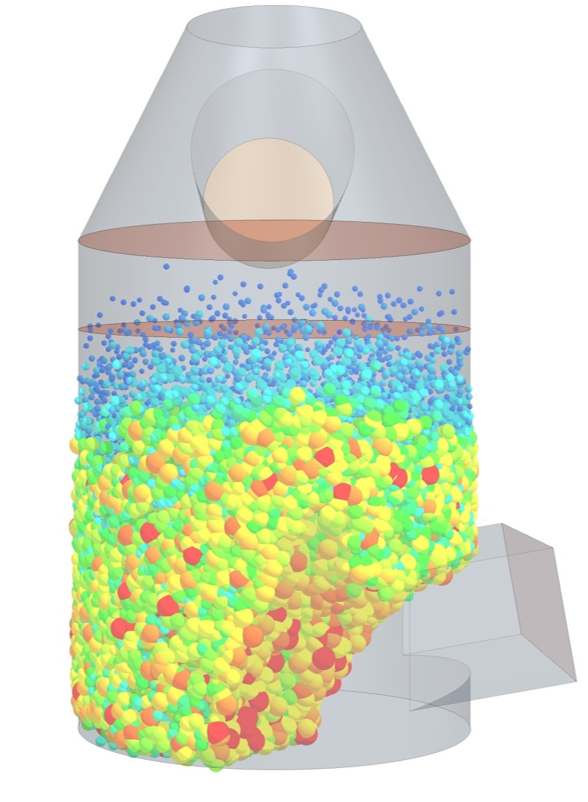


CO2 Capture and Storage
CO2 capture and storage is currently not a high priority in South Africa. However, the EC SC has been proactive on this front to develop expertise that would be invaluable to Eskom in the future when CO2 capture and storage might become mandatory.
The capture, storage, and utilization (valorisation) of carbon dioxide originating from coal-fired processes is receiving increasing attention internationally, with the aim of complying with current and future CO2 emissions legislation. Wet and dry processes for capture are available and used in industry, but especially the dry capture processes, need to be improved to allow cost-effective CO2 capture on plant-scale. This research area currently involves the evaluation of new sorbents and the development of novel process designs followed by effective process integration. Dry processing using circulating fluidized beds, consisting of adsorption and regeneration of carbon dioxide has the potential to improve the process operation and economics by virtue of it being a continues process, exhibiting good mixing with high rates of heat and mass transfer, adjustable residence times for different sorbents and a low consumption of water.
The current and planned CO2 capture research topics that have been identified include the following:
- Sorbent selection and characterisation consisting of quantifying the adsorption capacity and adsorption kinetics, which is to be incorporated in detailed computational models.
- Computational modelling of CO2 capture in CFBs that includes the description of the gas-solid dynamics (hydrodynamics) in the riser and regenerator to account for the effects of the design parameters and operating conditions.
- Techno-economic evaluation of the potential of implementing dry CO2 capture using CFB technology within Eskom.
Coal Combustion Products (CCPs) Valorisation
Coal combustion products (CCPs), currently mostly fly ash and in the future gypsum, need to be disposed of by Eskom in a safe and responsible manner. These by-products are utilised extensively in other parts of the world in other industries. In Europe for example, fly ash is used in the cement production (also in South Africa), road building, and in the mining for land filling etc. Gypsum is also used extensively in the building industry as well as in agriculture, although in South Africa there is currently not a market for the uptake of gypsum that is produced as a by-product in flue gas desulphurisation processes, i.e. FGD Gypsum. Likewise, the uptake of the massive amount of fly ash produced at coal-fired power stations in South Africa is small. The poor market uptake of these CCPs results in significant environmental and economic difficulties for Eskom.
The research on the valorisation of FGD gypsum and fly ash includes the following:
- Identification of potential uses for FGD gypsum from the global context and selecting those options that can be applied in the South African context.
- Determining whether the quality of Eskom’s FGD gypsum meets industry specifications for various uses.
- Evaluate the marketability of the FGD gypsum based on the quality thereof and perform a market analysis.
- In addition to the abovementioned market analysis, the possibility of using FGD gypsum together with fly ash for the development of insulation products for use in emissions offset interventions will also be evaluated.
- Evaluating the effect of the alkaline activator composition on the properties of geopolymers produced from South African power station fly ash
